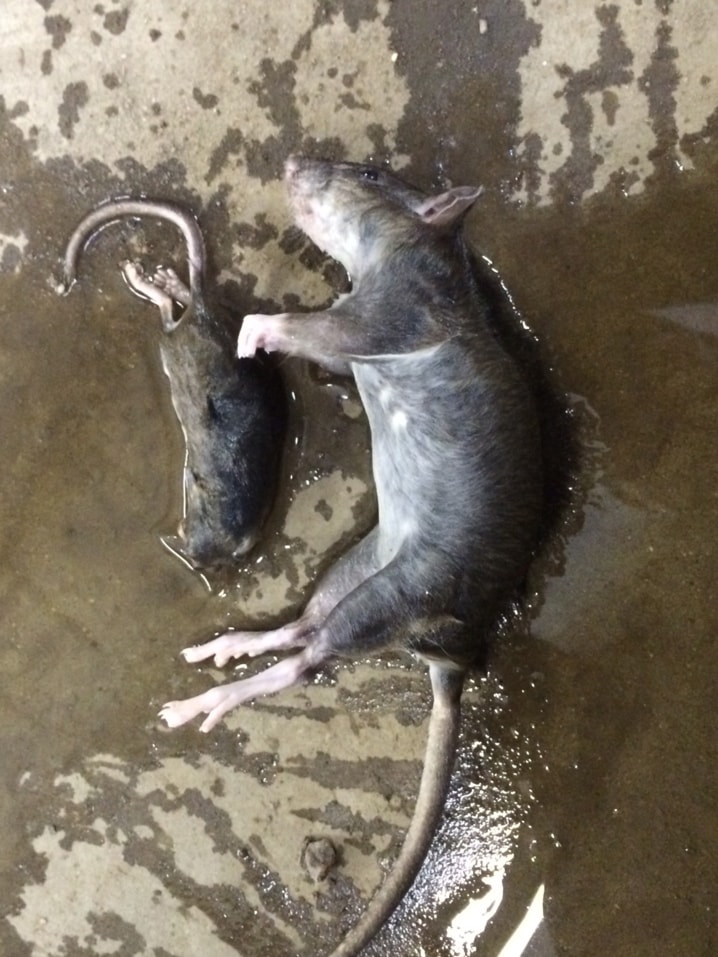Stettler County is on the lookout for rats after an adolescent Norway rat was trapped at Stettler Regional Landfill on the weekend.
Quinton Beaumont, director of agricultural services with Stettler County, said it was the county’s first ever rat.
The rat, about two months old, was 14 cm (5.5 inches) from nose to butt.
Rats can grow to 17 to 25 cm (seven to 10 inches) long, not including their long tail.
For the past four decades, Alberta has had a program in place to keep rats out of the province.
Norway rats are extremely destructive. They contaminate food, undermine building foundations, floors, walls, wiring, sewer and water lines, and spread disease.
Beaumont said a landfill employee spotted a rodent that looked larger than an average mouse on Saturday morning. The rat was caught overnight in a trap.
He said the rat likely hitched a ride on a truck bringing a load to the landfill, hopefully a truck from outside the province.
Traps at the landfill since Sunday have not caught any more rats, which is a good sign, he said.
“It’s an isolated incident. We’re just doing our due diligence and we’re going to continue to monitor for the next while to be sure that we got them all,” Beaumont said on Thursday.
If another rat is discovered at the landfill, located off Hwy 56 about 15 minutes north of Stettler, the province will be called to assist.
The county will be notifying about 10 landowners with property adjacent to the landfill as a precaution.
Beaumont said if any landowner suspects rat activity, they shouldn’t hesitate to contact him at 403-742-4441.
They should be looking for tunneling in hay bales, under grain bins and outbuildings. Rats are nocturnal rodents so they are most active in the dark. People are more likely to find rat feces or the holes they make that are the size of a pool ball that they partially cover.
Norway rats are unique because they cannot survive a Canadian winter without proper shelter or food.
“Alberta has been labeled ‘rat-free,’ because we have proactively stopped the colonization of rats in our province. When the public is alert and rats are quickly identified, we are able to take care of the problem before they can colonize.”
The bulk of control by pest control inspectors hired and supervised by rural municipalities happens along the Alberta-Saskatchewan border.
Between 2,000 and 4,000 premises are inspected annually. Rat infestations are eliminated by bait, gas or traps.
As many as 200 rats were discovered at the City of Medicine Hat’s landfill last summer. The rats were spotted at the dump after someone reported finding one in a farmyard. The vermin were first spotted at the Medicine Hat dump in August 2012.
Suspected sightings should be reported to 311 or the Alberta Rat Patrol’s toll-free number 310-RATS (7287).
szielinski@www.reddeeradvocate.com
